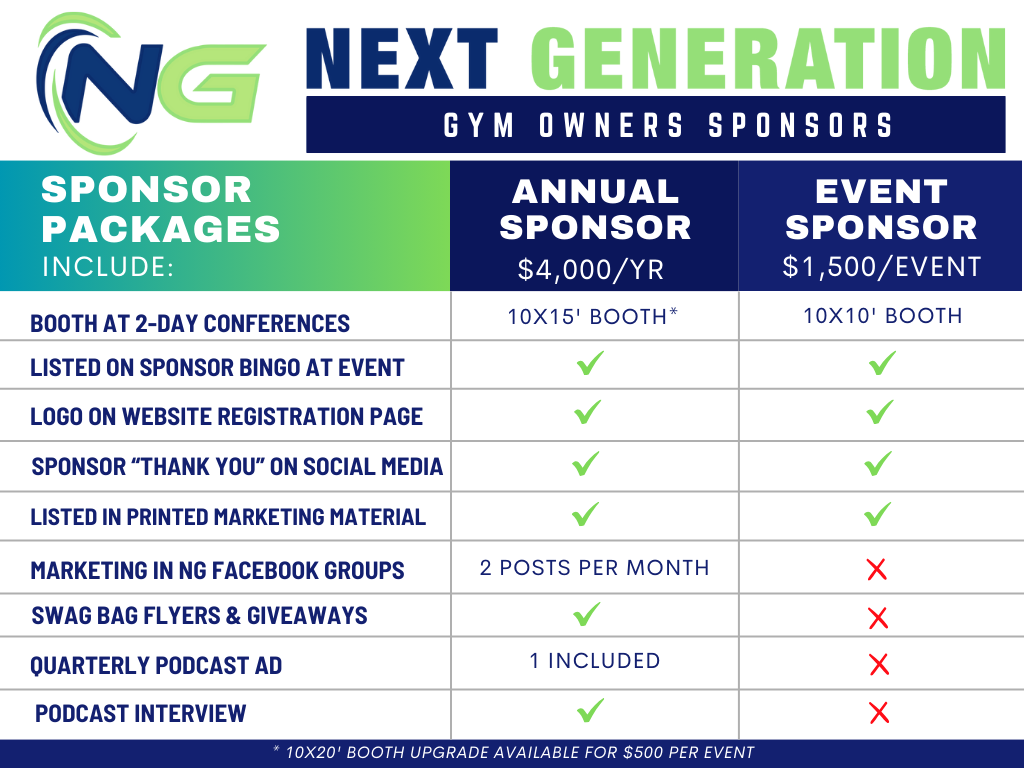One common question we receive when owners are ready to start hiring full-time staff or key leaders is in regard to salary versus hourly employees. Many years ago, there was a big difference in what you were allowed to request of these employees in terms of time and commitment. Today, federal and state regulations have begun protecting employees’ rights more by limiting the amount of hours they can work each week without getting paid overtime and limiting the demands of employers.
As a great employer, this would never have been an issue. Ideally, we would have taken care of our staff financially or through incentives for putting in a few extra hours here and there. That wasn’t the case though.
In our industry, it can make things a bit more difficult as you find that you often have busier weeks leading up to large weekend events or competitions. This makes it difficult to ensure employees are not working over the 40 hour time cap prior to paying overtime pay (something that can be incredibly costly and overextend your labor budget).
So, let’s break it down.
Hourly employees – obviously – are paid an hourly rate for what they work. They often clock in and out or should be submitting a time sheet of some kind. They have have set hours, flexible hours or core hours. When I worked for the federal government, I was given what was called a “flex schedule”. This means I had liberty to come to work and leave work as I wanted, but I had to meet the following criteria:
- I was required to be at work between the hours of 10 a.m. and 2 p.m.
- I was required to work 40 hours per week.
- Overtime was almost never approved, but if it was, a request was to be made and pre-authorization (at least 2 weeks in advance) was required.
- I could work as few as 32 hours in a pay period, but I would only be paid for those I worked.
- I earned annual leave and sick leave, but it was in accordance with the total number of hours I worked, so if I chose to work less than 40 hours per week, it was not paid out in full.
- Typically for hourly employees, you are paid for the time you work and not paid for the time you don’t. So, if your state or province requires an employer to pay employees for federal holidays, maybe hourly isn’t so bad. If they don’t, hourly can be challenging when you close for federal holidays and major holiday breaks.
Salary employees are paid a set rate and often have more flexibility in what they work. My full-time staff are paid on a salary. They are able to have some flexibility within their schedule, but similar to the core hours above, they cannot schedule appointments or miss a shift during their core hours (which is typically their coaching hours – or for office staff – the hours customers are in the gym.)
- They are required to work 40 hours per week, and overtime is not authorized. That means, outside of those core hours, they have liberty to set their schedule if they anticipate going over their hours for competitions. Often, we suggest that if it’s a 2-day competition coming up – they should come in later Monday through Thursday or only come in for coaching shifts a few of those days. They have the flexibility to make those decisions, but must communicate their plans in advance so we can schedule their private lessons and ensure our phones are manned at all times.
- I used to have staff who earned PTO (paid time off). This could be used in combination as annual or sick leave. Several years ago though, I learned about the flex time used by many large up-and-coming corporations like Amazon and Google. They offered employees to take as much time off or as little time off as they needed as long as they were at work for the things they needed to be and they completed their tasks. While this was a bit scary, I had the right staff in place. Today, it’s the best thing we ever did. There is no liability of paid time to pay out if they leave and they can take time off as they wish. They don’t have to stress about getting sick and not having enough sick leave or if they should use vacation time to go visit their sick family member. I don’t believe this would be wise with just any staff member, but we’ve created a culture that this has evolved into an ownership mentality. More often than not, I have to convince my staff to take time off because they love the gym and are invested in its well-being.
- My staff is paid the same whether they are on vacation, working hard at a competition or doing their day-to-day work. This adds a sense of relief to those who have regular bills coming each month whether they were sick or not. For me, it’s perfect, because I always have an accurate budget for payroll for my full-time staff.
Pros and cons of each:
Hourly – This can be a great model for full-time employees if you aren’t sure you’ll have enough work for them to do every week. It is a pro as you’re not paying them for work they’re not doing. As an employee, this can be a con though, because you’re not making a consistent paycheck. It’s also harder to earn time off if it’s built on a scale that requires you to work X number of hours to earn X number of hours of sick or vacation time.
Salary – This is great for businesses that are operating on a budget and makes raises easier for employees as you can spread out the raise over the course of the pay periods so it is a large annual raise that is less impacted per paycheck. The con – because salaried employees often aren’t clocking in and out for shifts, they may take that flexibility to the next level and come in late or leave early – thereby not putting in the time you had agreed upon.
In my mind, if their work is getting done and the shifts are fully covered, I don’t mind if they leave early. That is because I have a staff culture where I know they are completely invested. If that’s not your culture, you’ll need to rethink that until you can develop a staff who understands the bigger picture and commits to supporting it.
Finally, if your company offers benefits, it’s important to check with supplying companies. When I was a full-time employee paid hourly by the federal government, I was required to maintain a certain number of hours each pay period in order to continue to qualify for benefits. If you have an hourly employee only clocking in for 28 hours each week, he or she may not continue to qualify for your group benefits. His or her annual pay also may not meet the minimum required for some retirement plans.











